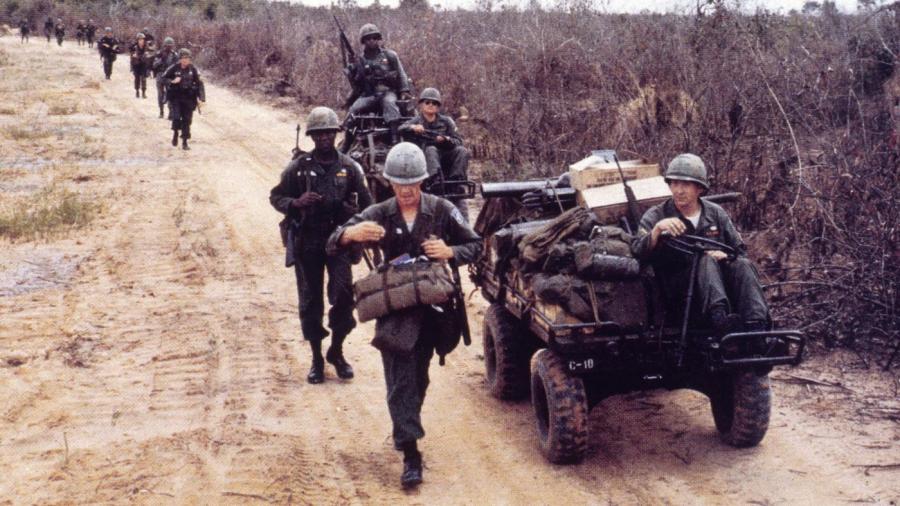Why Did the United States Get Involved in Vietnam?

The United States got involved in Vietnam to prevent the spread of communism throughout Southeast Asia. The domino theory, prevalent in the U.S. government, posited that if Vietnam became communist, it would lead to communist conquests of surrounding countries; victory in Vietnam was crucial to stopping communist expansion.
After World War II, the French attempted to reassert their authority over the former colony of Vietnam, then known as Indochina. However, following a major defeat in 1954, the French decided to pull out. The Geneva Accords temporarily divided Vietnam at the 17th parallel pending elections, with the north ruled by the communist Viet Minh and the south by an ostensibly democratic regime. Involvement of the United States gradually grew from helping France with supplies and munitions to sending advisers to aid the South Vietnamese military. Under President Eisenhower, there were 900 U.S. advisers in South Vietnam. By the Kennedy presidency, the number of American military personnel had grown to 16,000.
The Gulf of Tonkin incident in 1964, when North Vietnamese gunboats allegedly fired upon U.S. destroyers, prompted Congress to pass the Gulf of Tonkin Resolution, enabling President Johnson to expand U.S. involvement without a formal declaration of war. Operation Rolling Thunder followed and was a vast bombing campaign against North Vietnam. Soon after, the United States committed ground troops to protect Air Force bases. By December 1965, almost 200,000 U.S. ground troops had been deployed to Vietnam.





